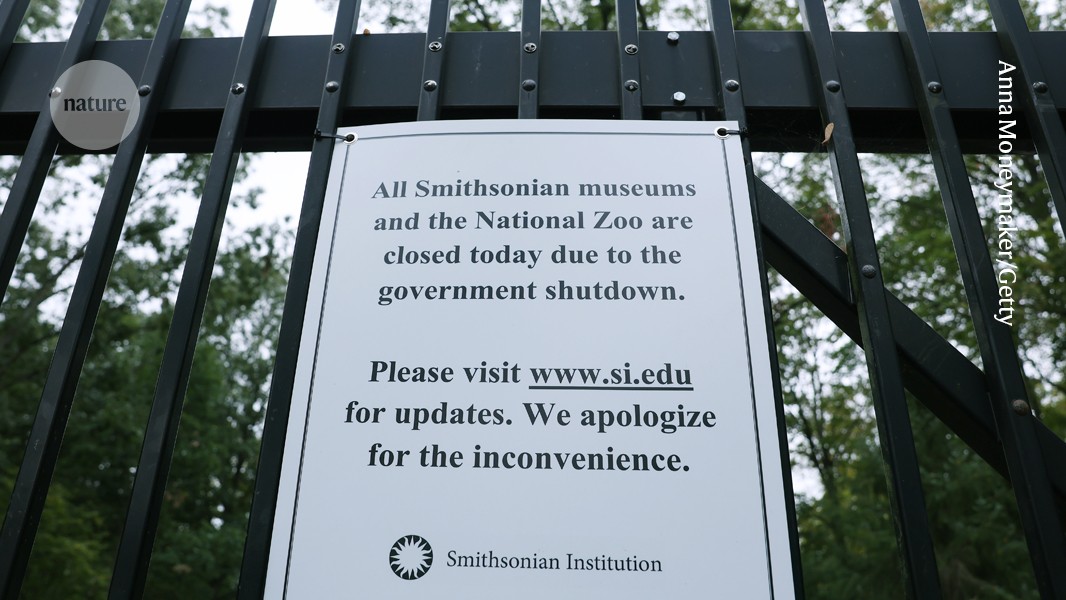China Fears India’s EV Boom: A WTO Challenge Exposes Growing Tensions!

In a shocking twist of international trade dynamics, China has thrown down the gauntlet, filing a formal complaint with the World Trade Organization (WTO) against India. Why? Because India’s aggressive push in the electric vehicle (EV) sector is not just boosting its economy but also rattling the world’s largest manufacturing powerhouse!
For those not keeping score, China's complaint focuses on India’s subsidy measures designed to propel domestic manufacturing of EVs and batteries. These include the flagship production-linked incentive (PLI) scheme, which aims to bolster local production while nurturing companies within India. China argues that these measures violate WTO principles of fair competition, claiming they unfairly advantage Indian firms over foreign competitors—especially Chinese ones that are eyeing the rapidly expanding Indian EV market.
This complaint marks the beginning of what could be a lengthy dispute settlement process, where China will first seek consultations with India. Historically, this isn’t just the first time China has challenged India at the WTO; it has also targeted countries like Türkiye, Canada, and members of the European Union for similar subsidy schemes aimed at green technologies.
But let’s be real: China’s ire stems from the fact that India’s policies give local firms a competitive edge that could curtail Chinese companies' ambitions in India’s burgeoning EV sector. The timing couldn’t be more ironic, given the chilly diplomatic ties between the two nations. It seems that while they attempt to thaw relations, trade tensions are rising to a boiling point.
India’s government is strategically working to reduce reliance on foreign technology, particularly in critical sectors like EVs and batteries, viewing domestic capacity-building as both an economic priority and a national security issue. The incentives offered through the PLI scheme are a direct attempt to cultivate Indian champions in high-growth sectors. And guess what? It's working; India is beginning to attract global investors and ramp up its domestic manufacturing.
Now, here’s the kicker: the very strategies that China now condemns were essential to its own rise as a manufacturing giant. For decades, China utilized substantial state support, including massive subsidies and protectionist policies, to dominate global markets. While India is replicating some of these methods, it’s doing so on a much smaller scale and with clear guidelines.
What makes this dispute even more captivating is that China’s EV manufacturers are currently struggling at home due to overcapacity and slumping demand. They’re engaged in a fierce price war, and the Indian market represents a crucial opportunity for growth. Thus, any competitive advantage afforded to local Indian firms is perceived as a direct threat to their survival.
China’s response to India's rise in manufacturing reminds us of the complexities of global trade; it’s less about adhering to principles and more about maintaining dominance. The irony is palpable—while China has long been the benchmark for manufacturing, it’s now facing competition from a nation it once overlooked.
As India forges ahead, embracing a more hands-on approach to industrial policy, the world watches closely. If India succeeds in elevating its status as a manufacturing hub in green technology, it could reshape global supply chains currently tilted in China’s favor.
So, what does this mean for the future? China’s WTO challenge is not just a legal maneuver; it’s a signal of India’s ascendent manufacturing ambitions. India might not yet pose a direct threat to China’s dominance, but it’s clear that it’s no longer content to simply be a consumer of technology. As this battle unfolds, one thing is certain: the global manufacturing landscape is about to get a lot more interesting!


























